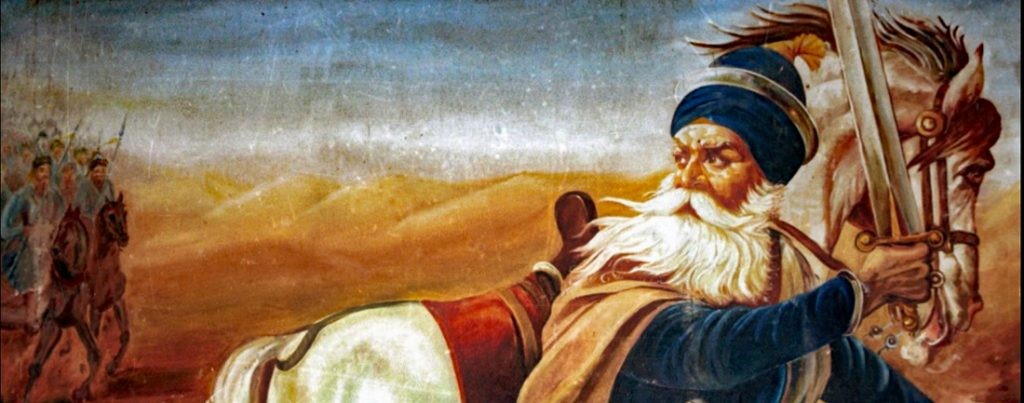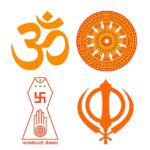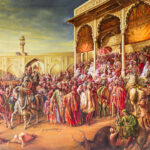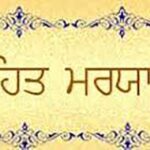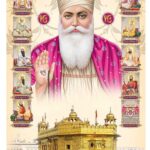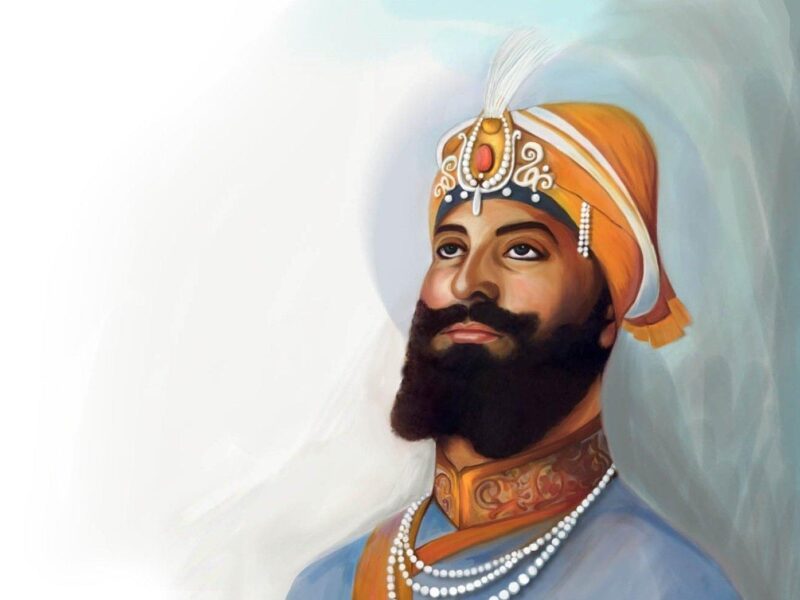Martyrdom is a basic institution of the Sikh god faith. When one calls a human a shahid, this suggest more than its definition in Islamic faith and Arabic vocabulary, which is death in war with the infidels. For the Sikh, the ideal martyr or shahid is one who killed not just in war but also one who suffered death by declined to renounce his principles, faith, and tenets. The Sikh occurrence through the years gave get up to this kind of perfect martyrdom.
Panj Pyare is the collaborative name given to five men during the monumental and historic divan at Anandpur Sahib on March 30, 1699.(Gregorian calendar skipped 11 day time in 1752. So, in current times Baisakhi happen near 13 April every year).
Guru Arjan Dev, the 5th leader of Sikhism was the foremost of the two Gurus killed in the Sikh faith and the fifth of the ten total Sikh Gurus. He assembled the foremost official edition of the Sikh scripture denoted as the Adi Granth, which later enlarged into the Guru Granth Sahib.
Guru Teg Bahadur, who set up the sikh religion and the chief of Sikhs from 1665 until his implementation in 1675. He was native in Amritsar, Punjab, India in 1621 and was the younger son of Guru Hargobind, the sixth Sikh guru. Contemplated a fearless and principled warrior, he was a acquire spiritual scholar and a poet whose 115 hymns are involved in Sri Guru Granth Sahib, the main text of Sikhism.
Bhai Dayala is one of the Sikhs who was killed at Chandni Chowk at Delhi in November 1675 on account of his turndown to accept Islam.
Bhai Mati Das is one of the substantial martyrize in Sikh history line, in November 1675 killed at Chandni Chowk at Delhi to protect Kashmiri Hindus.
Bhai Sati Das is one of the considerable martyrs in Sikh history, killed along with Guru Teg Bahadur at Chandni Chowk at Delhi to protect Kashmiri Hindus.
Sahibzada Ajit Singh, the elder son of Guru Gobind Singh’s four ones. Ajit Singh also referred to with handle as Baba Ajit Singh , was the eldest son. His younger brothers were Sahibzada Fateh Singh, Sahibzada Jujhar Singh, and Sahibzada Zorawar Singh. He died in war during the Second Battle of Chamkaur along with his bro Sahibzada Jujhar Singh. His other two bro, were surfaced alive at Fatehgarh Sahib on the command of Wazir Khan.
Sahibzada Jujhar Singh, the second one son of Guru Gobind Singh. He was born to Mata Jito at Anandpur Sahib. This event is now honoured on April 9 each year as per to the Nanakshahi Calendar.
Sahibzada Zorawar Singh was the third son of Guru Gobind Singh’s four ones. He and his younger one bro, Sahibzada Fateh Singh are among the most devoted martyrs in Sikhism.
Sahibzada Fateh Singh was the juvenile of Guru Gobind Singh’s four sons. He and his old one bro are among the dedicated martyrs in Sikh culture. His name is often taken with nominal prefixes Elder or Prince.
Banda Singh Bahadur was the Sikh Military Commander scheduled By Guru Gobind Singh. At age 15, he left house to become an austere, and was specified the name Madho Das Bairagi. He set up a monastery at Nānded, on the bank of the watercourse Godāvarī. In 1707, Guru Gobind Singh received an invitation to encounter Bahadur Shah I in southern India. He come upon Banda Singh Bahadur in 1708. Banda set off follower of Guru Gobind Singh and was offered a new name after the Baptism protocol. He was provided five arrows by the Guru as a blessing for the conflict ahead. He advance to Khanda in Sonipat and collected a fighting energy and led the fight against the Mughal Empire.
Baba Deep Singh was avenging the violation of the Golden Temple by the Afghan army. In 1757, he led an army to protect the Temple. He was the foremost head of Misl Shaheedan Tarna Dal – an sequence of the Khalsa military set up by Nawab Kapur Singh, the then head of Sharomani Panth Akali Buddha Dal. The Damdami Taksal also voice out that he was the foremost head of their order.
